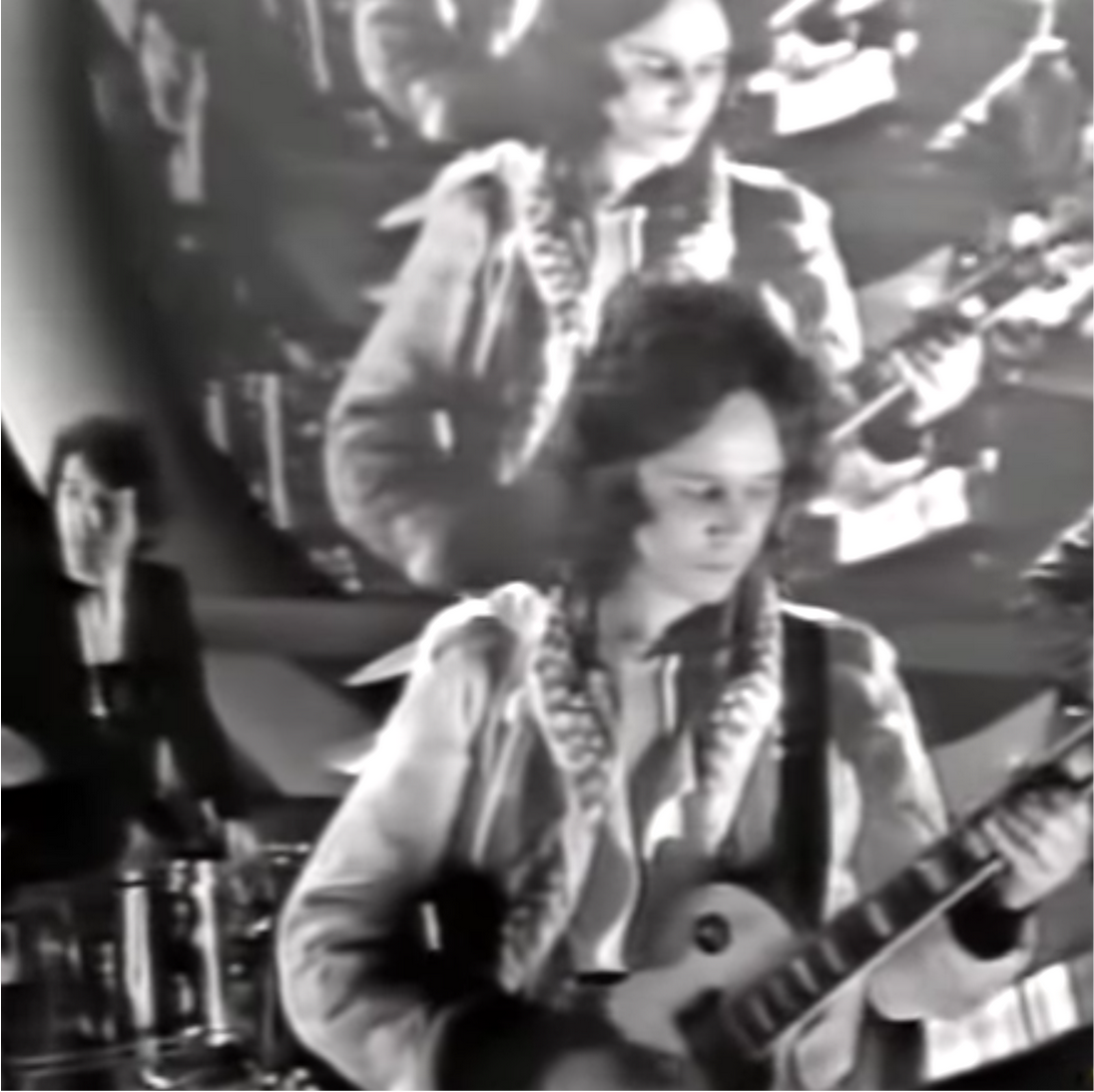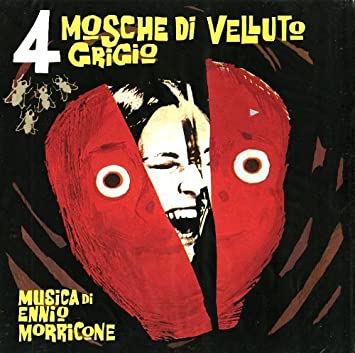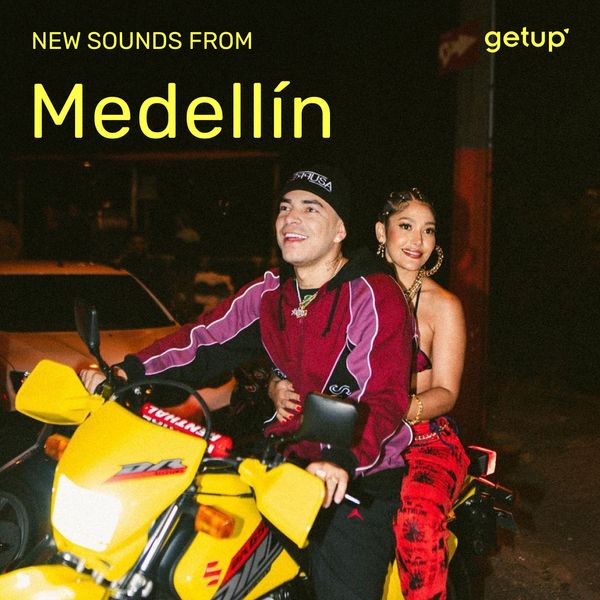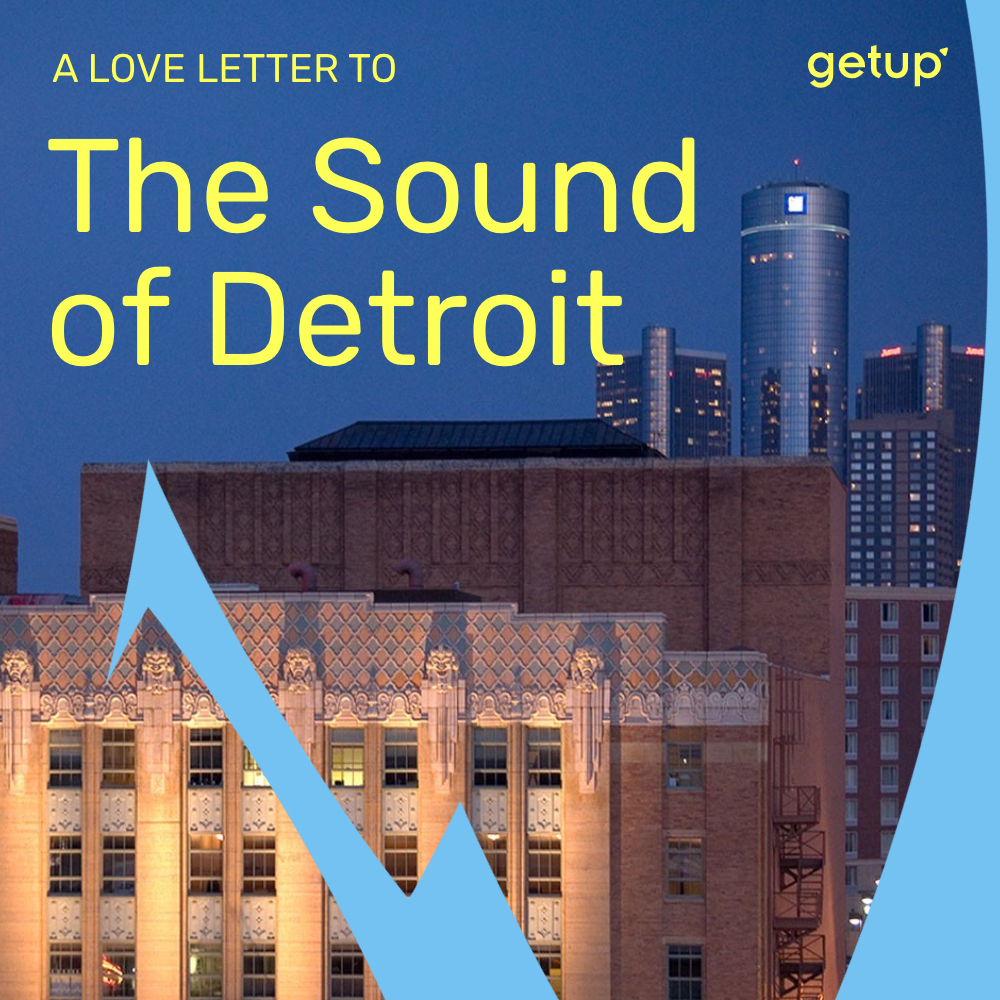A series of footsteps breaching the silence of the night, a black leather-clad hand, the shiny reflex of a dagger’s blade in the dark, a dilated pupil followed by a woman’s scream… then blood. Well, tomato sauce to be precise. That’s how Italian Giallo films can be summed-up. In terms of how precise this description is, perhaps it’s unfair. Italian Giallo was an innovative genre that paved the way for horrors cinema to come, and provided us with savvy lessons of style – from interior design to fashion, and not to mention its musical legacy.
Despite the usual tendency to associate Giallo with horror, whilst the two genres share many similarities they have several distinguishing features. Giallo can be considered horror’s predecessor, where gore is mixed with thrilling eroticism, in classic late 1960s and 1970s B-movie fashion. Gialli were sophisticated horror films for gentlemen who enjoyed dandy suits, space age furniture, and a drink of whisky.
Giallo – which literally translates as ‘yellow’ – is a genre-defining label that comes from a series of popular budget pulp novels published in Italy by the Mondadori publishing house, all of which had distinctive yellow covers.
Although the roots of the genre date to 1963 with Mario Bava’s La Ragazza Che Sapeva Troppo, it wasn’t until the late 1960s that Giallo truly found its wider market, booming by the early 1970s when increasing violence was favoured over the outdated traits of noir. Although Giallo productions have long been considered nothing more than budget films, the list of directors feature some of the finest Italian cinema maestros. Mario Bava, Lucio Fulci, Elio Petri, Dario Argento, Luigi Comencini, Luigi Zampa, and Duccio Tessari are just some of the outstanding names associated with Giallo.
Giallo’s abundance of soft-erotic scenes, stunning actresses, and streams of blood undoubtedly contributed to the genre’s widespread popularity. From erotic-tinged films (Una Sull’Altra, Veruschka, 5 Bambole per la Luna D’Agosto) to Dario Argento’s psychological thrillers (4 Mosche di Velluto Grigio, Il Gatto a Nove Code, L’Uccello dale Piume di Cristallo), Gialli are outstanding windows onto an Italy that was suspended between the lush elegance of the 1960s and the incoming escalation of violence of 1970s terrorism. Take, for instance, Lucio Fulci’s masterpiece Non Si Sevizia un Paperino, also known as Don’t Torture a Duckling. The film tackles the unspoken social issue of paedophilia within the Catholic Church in southern Italy. Fulci’s work simultaneously juxtaposes violence as the way to overcome issues in a left-behind South that was still held back by superstition, and the use of intellect by the characters coming from the North.
Over the years Giallo films have been reevaluated, becoming pop culture staples partly thanks to their soundtracks. Giallo had its trademark composers who contributed as much, if not more, as the directors to define the genre. The bond between director and composer was sometimes so strong that one’s films were instantly identified with the other’s music. Take Dario Argento’s collaboration with Ennio Morricone first and with the progressive rock band Goblin later. Morricone even dedicated the final track of A Lizard in a Woman’s Skin soundtrack to its director Lucio Fulci.
In Giallo films, uplifting cinematic tension and somewhat childish, nursery rhyme-like choruses meet to create contrasting and unsettling atmospheres precluding acts of violence. Riz Ortolani’s “Giochi di Bambini”, Bruno Nicolai’s “Servizio Fotografico”, Ennio Morricone’s “Ninna Nanna per Adulti” are just some examples of the sounds that contributed to make Giallo soundtracks so iconic. Suspense-filled tracks were balanced against groovy ones with jazz-funk or prog influences, mirroring pop trends at the time. Take Gianni Ferrio’s soundtrack for La Morte Accarezza a Mezzanotte, which sits more in line with KPM library music or with mid-60s Blue Note than with your typical Giallo score.
It wasn’t, in fact, unusual that prog bands worked on soundtracks, as with Goblin who performed Giorgio Gaslini’s score for Profondo Rosso, or Il Balletto di Bronzo being used by Piero Umiliani on 5 Bambole per la Luna D’Agosto end titles track “Ti Risveglierai Con Me”. Dario Argento’s love for progressive rock went even further. The main character in 4 Mosche di Velluto Grigio is a musician, whose fictional band is rehearsing over the film’s theme in the title scene. Argento had planned to use Deep Purple, but access to government funding ruled out the option of putting foreign artists under contract. Morricone however did a brilliant job of producing a hip fuzzed-out instrumental.
Another theme often explored in Giallo films was the gothic. Medieval influences and Edgar Allan Poe’s novels shaped films like The Red Queen Kills Seven Times – considered to be one of the cults of the genre – The Witches and Gli Orrori del Castello di Norimberga. These atmospheres were created using old-fashioned instruments like church organs (Stevlio Cipriani – “Ipnosi”) and harpsichords, though these soundtracks were still cut with contemporary jazz and elegant orchestral vibes. The same approach can be found in the set design. In The Night Evelyn Came Out of the Grave gothic themes clash with the modernity of the main character’s house, The Beetle Under the Leaf, a 1964 futuristic building by renowned architect Gio Ponti with interior design by Nanda Vigo. Similar examples of 1960s Italian space-age architecture and home design can be found in Barbara Bouchet’s house in Non Si Sevizia un Paperino or in the villas used in 5 Bambole per la Luna D’Agosto and in Vergogna Schifosi.
.jpg)







.jpg)